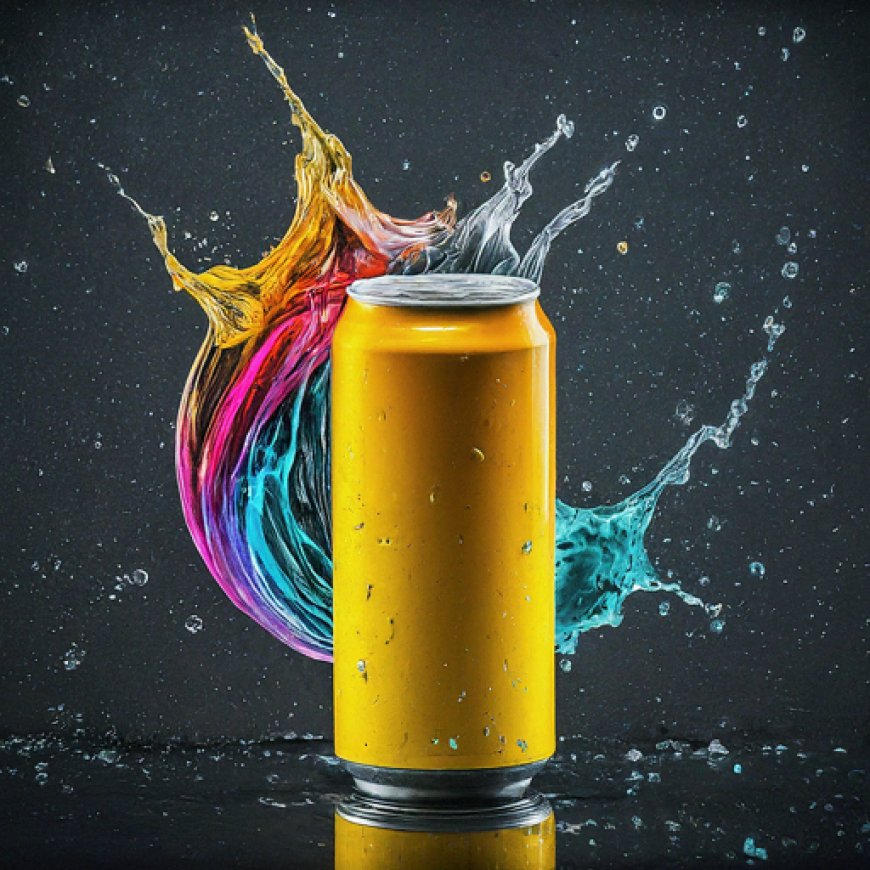The Evolution of Soft Drinks Packaging: Why It Matters to You
Discover the impact of soft drinks packaging on convenience, sustainability, and consumer experience, and explore the latest trends shaping the future of beverage packaging.

When you think of soft drinks, the first thing that might come to mind is the refreshing taste or the fizz that tickles your nose. But have you ever thought about the packaging? The way your favorite soda or juice is packaged plays a significant role in how you experience it. From convenience to sustainability, soft drinks packaging has evolved in many ways that impact both consumers and the environment.
The Importance of Packaging
Packaging serves several crucial functions:
-
Protection: The primary role of packaging is to protect the beverage from contamination, damage, and spoilage. Whether it's a can, bottle, or carton, good packaging ensures that the drink reaches you in perfect condition.
-
Convenience: Packaging is designed with the consumer in mind. Think of the handy pull tabs on cans or the resealable caps on bottles—these features make it easy to enjoy your drink anytime, anywhere.
-
Marketing and Branding: The design of the packaging is a powerful tool for brands. Bright colors, unique shapes, and eye-catching labels all contribute to making a product stand out on the shelf. Packaging is often the first interaction a consumer has with a product, so it plays a vital role in influencing buying decisions.
-
Sustainability: With growing concerns about the environment, the material and recyclability of packaging have become important. Many companies are now opting for eco-friendly materials, reducing plastic use, and encouraging recycling to minimize environmental impact.
Types of Soft Drink Packaging
Over the years, soft drink packaging has come in various forms, each with its pros and cons:
-
Glass Bottles: Once the most common packaging for soft drinks, glass bottles are favored for their ability to preserve the taste of the beverage. They are also recyclable and reusable, making them a sustainable option. However, they are heavy and prone to breaking, which can be a drawback for consumers on the go.
-
Aluminum Cans: Lightweight and durable, aluminum cans are now a popular choice for soft drinks. They are easy to transport and chill quickly. Aluminum is also highly recyclable, which is a significant advantage in today’s environmentally-conscious market.
-
Plastic Bottles (PET): Plastic bottles, especially those made from PET (polyethylene terephthalate), are widely used due to their lightweight nature and shatterproof quality. They are convenient for consumers and can be easily molded into different shapes. However, the environmental impact of plastic, particularly single-use plastic, has led to increased scrutiny and calls for alternatives.
-
Cartons: Typically used for juices and non-carbonated drinks, cartons are made from a combination of paper, plastic, and sometimes aluminum. They are lightweight and often resealable, offering convenience. Some cartons are designed to be recyclable, though the recycling process can be more complex than for other materials.
The Future of Soft Drinks Packaging
As technology and consumer preferences evolve, so too will soft drink packaging. Here are some trends to watch for:
-
Eco-Friendly Innovations: Expect to see more biodegradable and compostable packaging options as companies strive to reduce their carbon footprint. Some are even experimenting with plant-based plastics and edible packaging.
-
Smart Packaging: Imagine a bottle that changes color when your drink is at the perfect temperature, or a label that can be scanned to provide detailed product information. Smart packaging is on the horizon, offering more interaction and information to consumers.
-
Refill and Reuse Models: Some companies are encouraging consumers to bring their own containers for refills, reducing the need for single-use packaging. This trend could grow as sustainability becomes a higher priority for consumers.
Conclusion
Soft drinks packaging is more than just a container; it’s an essential part of the overall experience. As consumers, we benefit from the convenience, protection, and marketing that good packaging provides. However, with the growing focus on sustainability, the industry is poised to undergo significant changes. By understanding the importance and impact of packaging, we can make more informed choices about the products we buy and their effect on the environment.












